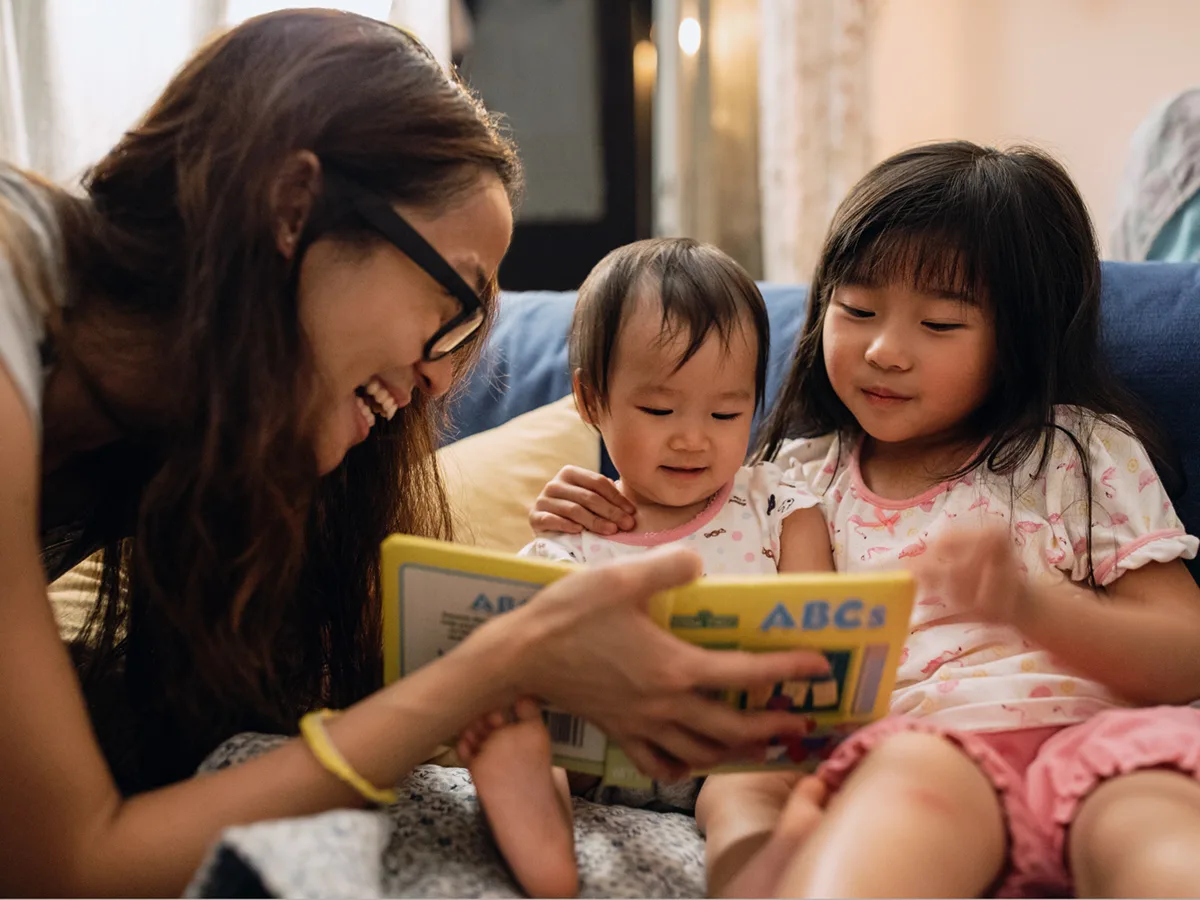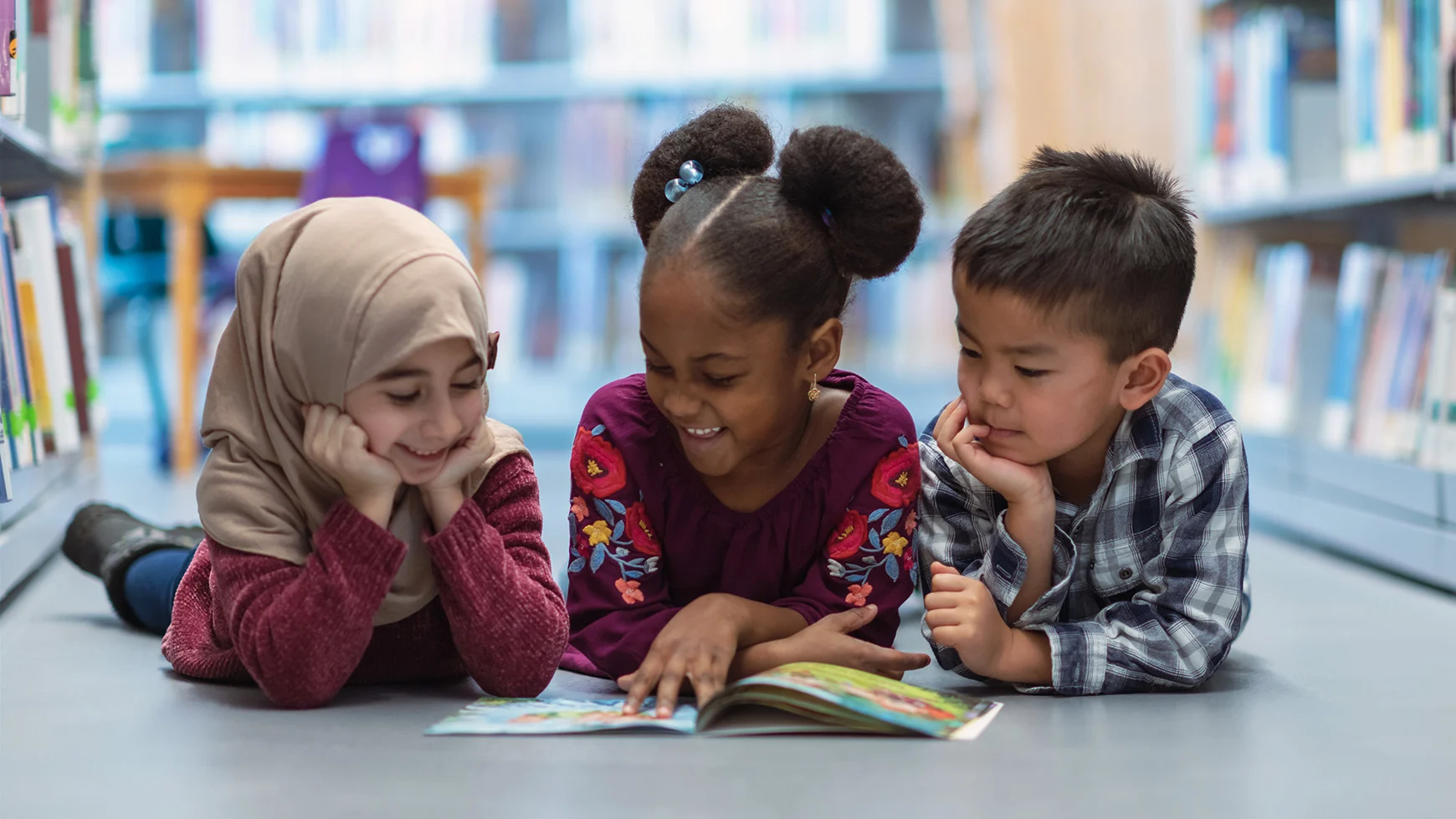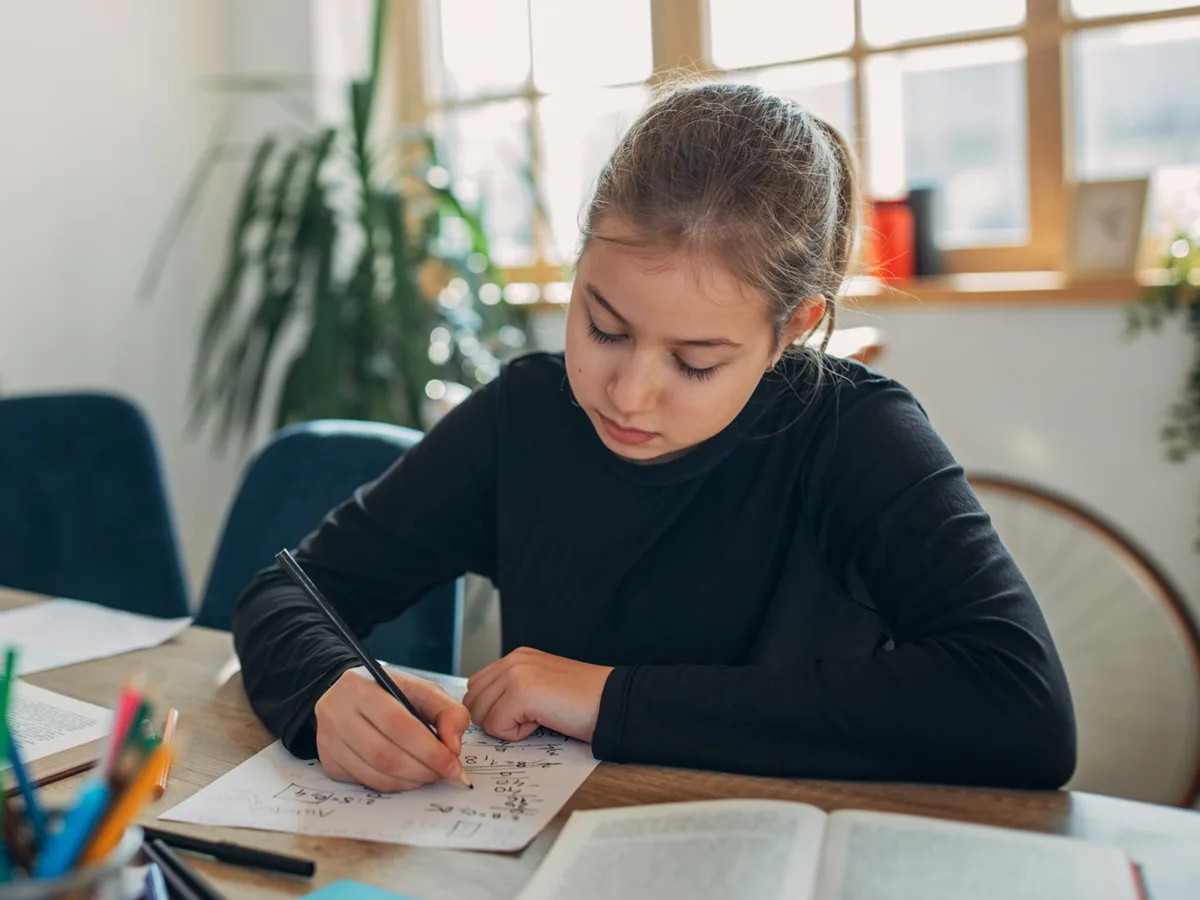Reading skills at different ages

Even as babies, kids build reading skills that set the foundation for learning to read. Here’s a list of reading milestones by age. Keep in mind that kids develop reading skills at their own pace, so they may not be on this exact timetable.
Babies (ages 0–12 months)
Begin to reach for soft-covered books or board books
Look at and touch the pictures in books
Respond to a storybook by cooing or making sounds
Help turn pages
Toddlers (ages 1–2 years)
Look at pictures and name familiar items, like dog, cup, and baby
Answer questions about what they see in books
Recognize the covers of favorite books
Recite the words to favorite books
Start pretending to read by turning pages and making up stories
Preschoolers (ages 3–4 years)
Know the correct way to hold and handle a book
Understand that words are read from left to right and pages are read from top to bottom
Start noticing words that rhyme
Retell stories
Start matching letter sounds to letters (like knowing b makes a /b/ sound)
May start to recognize their name in print and other often-seen words, like those on signs and logos
Kindergartners (age 5 years)
Match each letter to the sound it represents
Identify the beginning, middle, and ending sounds in spoken words like dog or sit
Say new words by changing the beginning sound, like changing rat to sat
Start matching words they hear to words they see on the page
Sound out simple words
Start to recognize some words by sight without having to sound them out
Ask and answer who, what, where, when, why, and how questions about a story
Retell a story in order, using words or pictures
Predict what happens next in a story
Start reading or asking to be read books for information and for fun
Use story language during playtime or conversation (like “I can fly!” the dragon said. “I can fly!”)
Younger grade-schoolers (ages 6–7 years)
Learn spelling rules
Keep increasing the number of words they recognize by sight
Improve reading speed and fluency
Use context clues to sound out and understand unfamiliar words
Go back and re-read a word or sentence that doesn’t makes sense (self-monitoring)
Connect what they’re reading to personal experiences, other books they’ve read, and world events
Older grade-schoolers (ages 8–10 years)
In third grade, move from learning to read to reading to learn
Accurately read words with more than one syllable
Learn about prefixes, suffixes, and root words, like those in helpful, helpless, and unhelpful
Read for different purposes (for enjoyment, to learn something new, to figure out directions, etc.)
Explore different genres
Describe the setting, characters, problem/solution, and plot of a story
Identify and summarize the sequence of events in a story
Identify the main theme and may start to identify minor themes
Make inferences (“read between the lines”) by using clues from the text and prior knowledge
Compare and contrast information from different texts
Refer to evidence from the text when answering questions about it
Understand similes, metaphors, and other descriptive devices
Middle-schoolers and high-schoolers
Keep expanding vocabulary and reading more complex texts
Analyze how characters develop, interact with each other, and advance the plot
Determine themes and analyze how they develop over the course of the text
Use evidence from the text to support analysis of the text
Identify imagery and symbolism in the text
Analyze, synthesize, and evaluate ideas from the text
Understand satire, sarcasm, irony, and understatement
Keep in mind that some schools focus on different skills in different grades. So, look at how a child reacts to reading, too. For example, kids who have trouble reading might get anxious when they have to read.
If you’re concerned about reading skills, find out why some kids struggle with reading.




